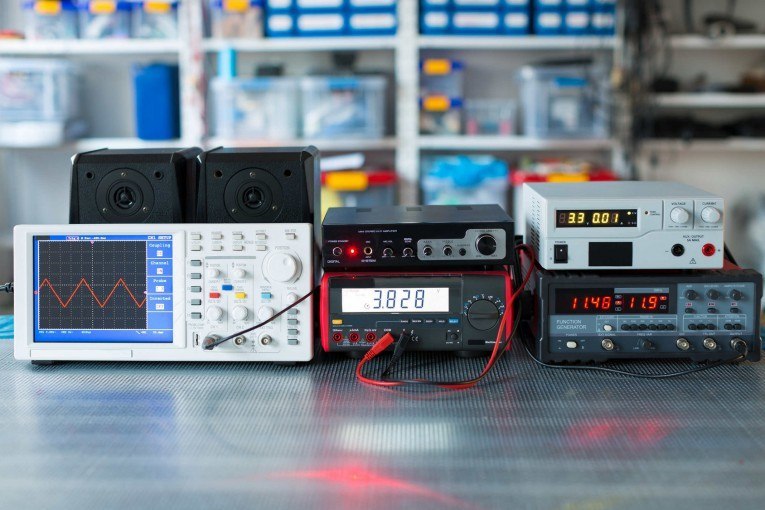Does Convolution Reverb Work? Part 2
We continue the skeptic’s guide to convolution reverb by looking at impulse response measurement methods and how results are affected if reverb is not linear and time-invariant.
About This Null Test Business
Whenever it’s about the subtlest and most controversial issues in audio, the so-called null test or difference test isn’t far away. Therefor it surely deserves an article on The Science of Sound.
Signal To Noise Ratio Deconstructed
One of the most important technical specifications of analog and digital audio equipment is the signal to noise ratio. But it’s also one of the most misunderstood. Here’s a closer look at some of the possible problems with the definition of the SNR and it’s close relative, dynamic range.
Audio Measurement: The Blessings And Curses
There’s no question: the single most important judgement tool for audio professionals are the ears. There is actually no measurement instrument in the world that is as versatile, fast, convenient and intuitive. And after all, music is made for ears, not measurement instruments. But there is also no instrument that can be as imprecise, mood-dependent and subjective as the ears. Thus, audio engineers and equipment developers alike need a complementary tool of judgement, to overcome these disadvantages. This gap is filled by a variety of audio measurement tools available, like spectrum analyzers, loudness meters, oscilloscopes and many more.
Here on The Science of Sound, we will rely heavily on measurements as we dig deep into the guts of our beloved audio tools and processes. But it’s important to be very clear and mindful about what we can and cannot achieve by relying on measurements. So here are 4 blessings and 4 curses of audio measurement.



